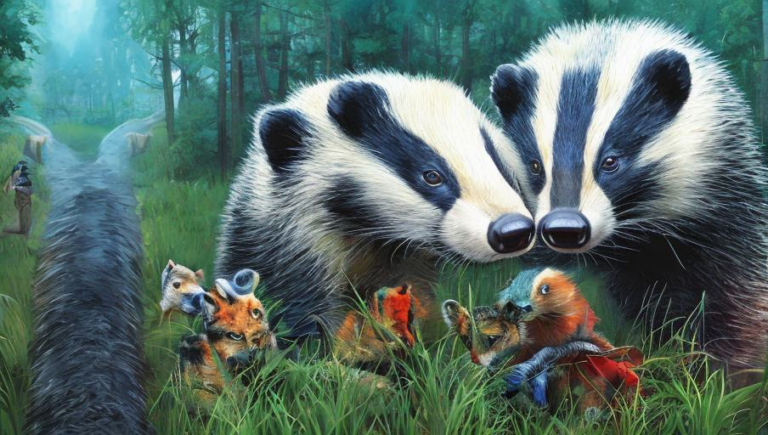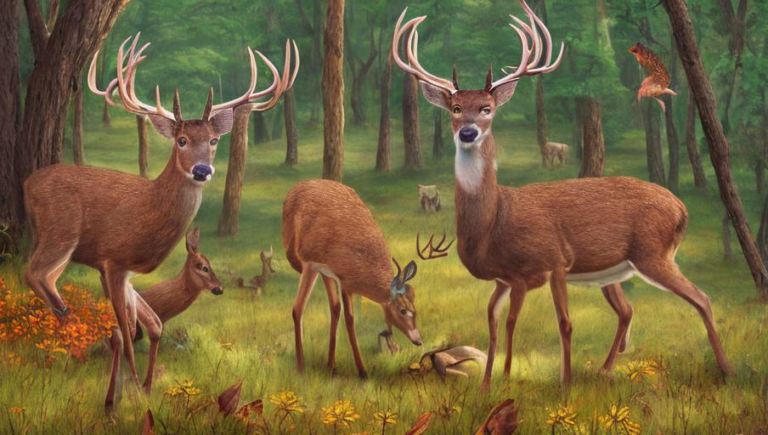Diseases that Affect Deer Populations

Introduction
Deer are a beloved species in many parts of the world and their populations have been steadily increasing over the past few decades. However, in many areas, deer populations have been threatened by disease. Diseases that affect deer populations can have a significant impact on the health of the population and can even lead to local extinctions. It is important to understand the risks of diseases, how they are spread, and how to prevent them to ensure healthy deer populations.
Types of Diseases
There are a variety of diseases that can affect deer populations. These include bacterial, viral, and parasitic diseases. Some of the most common diseases include bovine tuberculosis, chronic wasting disease, and bluetongue. These diseases can be spread through direct contact between deer, as well as through contaminated food and water sources. Additionally, some diseases, such as bovine tuberculosis, can be spread to humans.
Signs and Symptoms of Disease
The signs and symptoms of diseases vary and can be difficult to identify. Common signs that a deer is infected include weight loss, lethargy, difficulty breathing, and coughing. Additionally, deer may also have swollen lymph nodes or lesions on the skin. Some diseases, such as chronic wasting disease, can cause neurological symptoms, such as tremors or loss of coordination.
Disease Prevention
The best way to prevent disease in deer populations is to practice good management practices. This includes ensuring that deer have access to clean food and water sources and are not overcrowded. Additionally, culling can be used to reduce the number of deer in a given area and reduce the risk of disease transmission. In addition, hunters should always practice safe hunting techniques, such as wearing gloves and washing their hands after handling deer.
Conclusion
Deer are an important species in many parts of the world and their populations are important to maintain. However, deer populations can be threatened by disease, which can lead to local extinctions. It is important to understand the risks of diseases, how they are spread, and how to prevent them to ensure healthy deer populations. By practicing good management practices, such as culling, and following safe hunting techniques, the risk of disease transmission can be reduced and healthy deer populations can be maintained.





